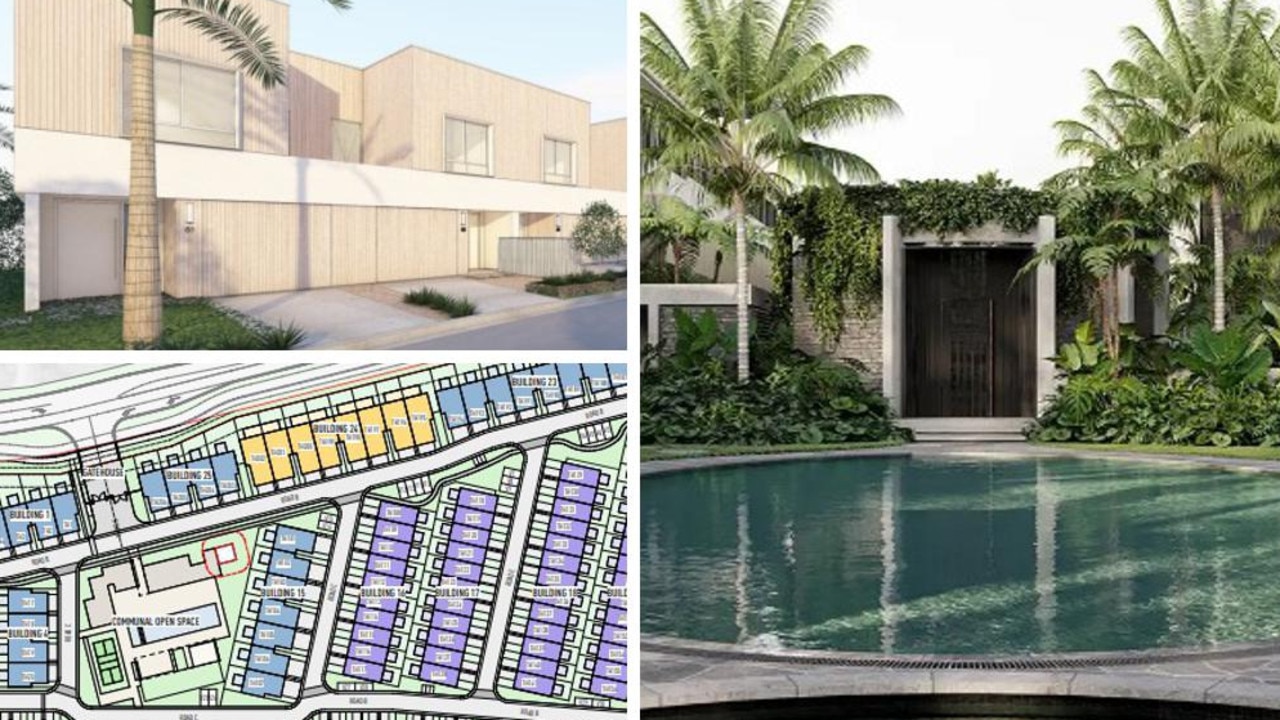Every Qld suburb: How much more you are paying on your mortgage
Queensland homeowners are facing the worst housing affordability crisis since the GFC, with data showing just how much more they are paying compared to 14 months ago.
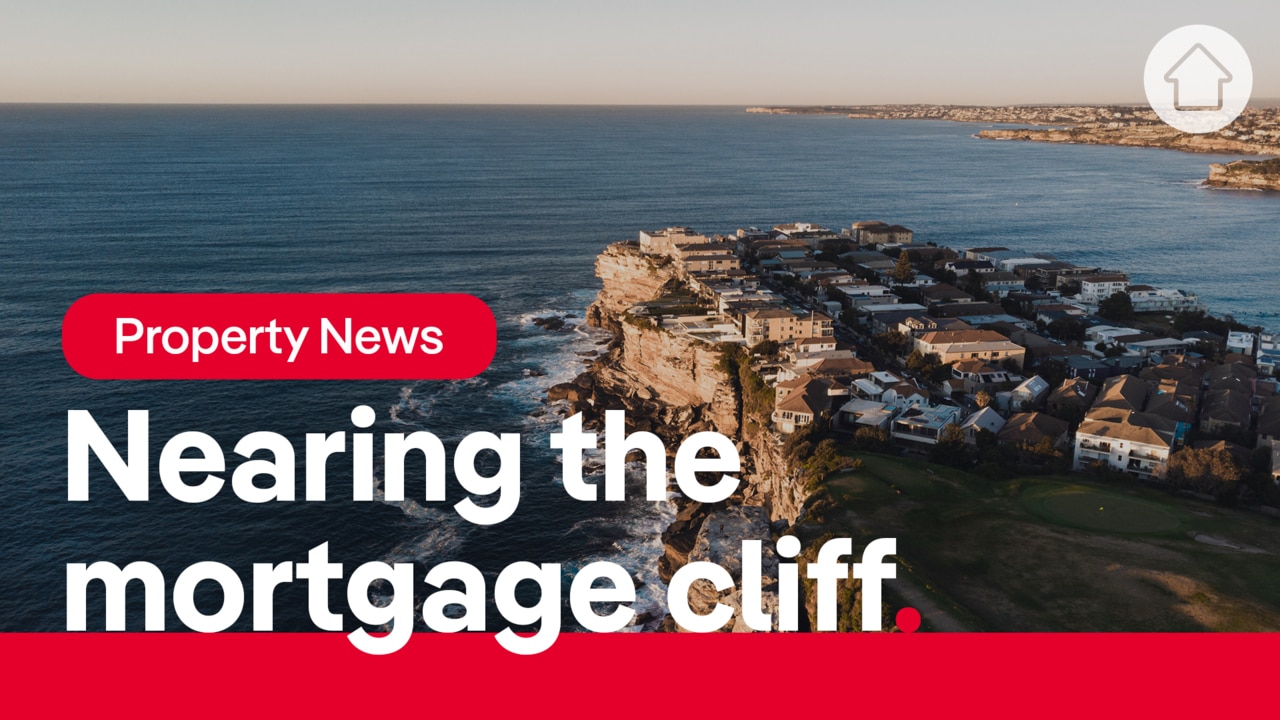
Property
Don't miss out on the headlines from Property. Followed categories will be added to My News.
Queensland’s embattled homeowners are facing the worst housing affordability crisis since the GFC, with those who bought during the boom at record low interest rates facing default devastation as the cash rate soars past their mortgage buffers.
Exclusive new data shows that even buyers who purchased in some of Queensland’s more affordable suburbs are being forced to find an extra $1000 a month after the Reserve Bank of Australia (RBA) hiked the official cash rate 12 times since May last year.
For example, a buyer who purchased a house in Inala must now find an extra $1030 a month to pay the mortgage of a $550,000 home.
Mortgage holders in Brisbane’s cheapest house suburb - Russell Island - are forking out an extra $700 a month, with their average mortgage repayments up from $910 in April last year to $1620 now.

In Logan’s cheapest suburb, Woodridge, the average monthly mortgage repayment has increased by $930 in a year, and will close in on $1000 a month if another 2.5 per cent rate increase follows next month.
Meanwhile in Caboolture, once considered one of Greater Brisbane’s most affordable suburbs, homeowners are paying $1120 a month more than they were in April last year, with monthly repayments on a $570,000 house rising from $1600 to $2720.
PropTrack economist Angus Moore said the rapid fire increases were already having impacts on the economy and housing market.
“Borrowing power has decreased significantly, and the number of first home buyers has dropped dramatically,” he said.
“But many of those coming off fixed rates should have been paying ahead, so they should have their own buffer they could draw on if they have to.”
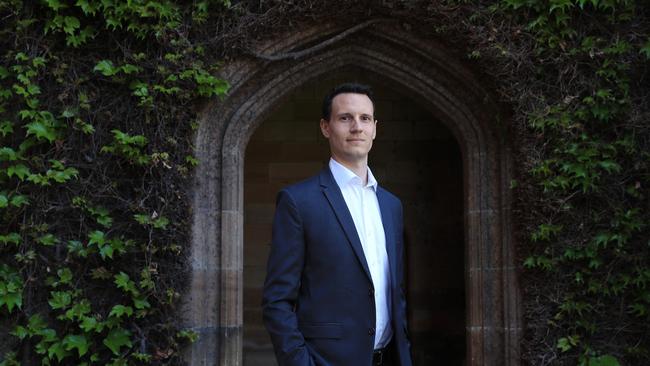
Mr Moore added that those who bought before the first interest rate hike in May last year, would also likely have some good equity in their homes due to the extraordinary price growth experienced during the pandemic property boom.
“It is likely that the cohort of borrowers forced to sell will not be that large, but in saying that, with around 55 per cent of borrowers coming off fixed rates this year, the higher repayments will put strain on household budgets,” he said.

Up north, homeowners in Manoora, the cheapest suburb in Cairns, have seen their average mortgage repayments increase by $710 a month, while in one of Townsville’s most affordable suburbs, Vincent, owners are now scrounging around for an extra $590 a month.
Buyers who flocked to Nambour, the cheapest suburb on the Sunshine Coast with a median house price of $660,000, are paying $1140 more now than a year ago for a house and $890 extra for a unit.
Willow Vale mortgage holders on the Gold Coast, one of its cheapest suburbs, are paying $1150 more now than a year ago, the data shows.
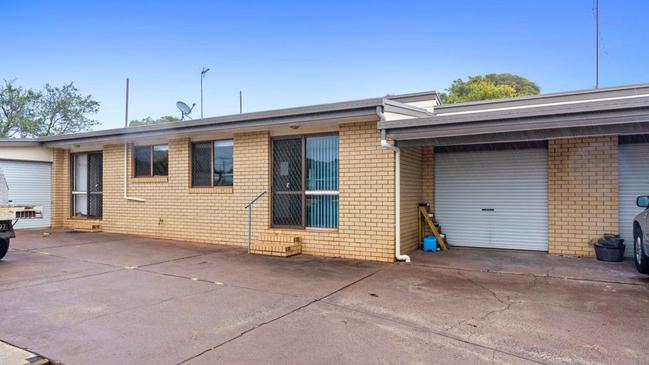
In 2021, the Australian Prudential Regulation Authority (APRA) increased the minimum interest rate buffer it expected banks to use when assessing the serviceability of home loan applications to at least 3 per cent.
At the time the official cash rate was a record low 0.1 per cent, with APRA increasing the buffer in response to the “very low interest rates and rapidly rising house prices”.
“Highly indebted borrowers are likely to be less resilient to future shocks, such as from rising interest rates or a reduction in income,” APRA said at the time.
MORE NEWS: Shark hunter: ‘Rambo of the seas’ buys hotel as holiday home
From homeless to hustler: Teen lands dream job selling property
Building squeeze to hit home seekers, renters
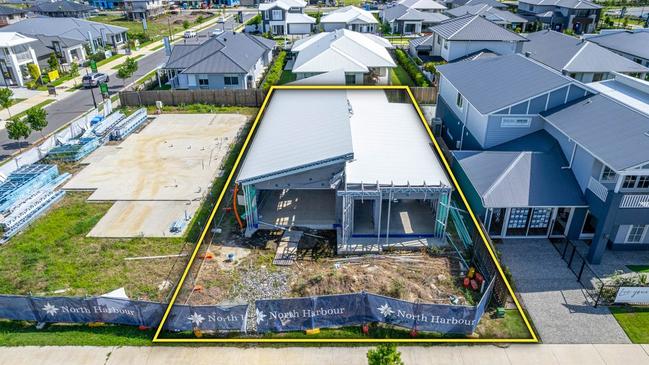
The official cash rate is now 4.1 per cent, with the average home loan interest rate sitting at around 5.74 per cent, according to Canstar.
That means that anyone coming off fixed rates has likely exceeded the serviceability buffer, with the RBA revealing in March that 53 per cent of Queenslanders on a fixed-rate loan would be pushed onto variable rates this year, followed by another 27 per cent next year and 20 per cent in 2025.

Real Estate Institute of Australia president Hayden Groves said mortgage holders were facing the worst housing affordability since September 2008, with the proportion of income required to meet the average Aussie home loan now at 44 per cent.
“Affordability has declined in all states and territories except Tasmania and the Northern Territory,” he said.
Finder money expert Rebecca Pike said that millions of households were now in “survival mode”, with recent research revealing that the average household was now experiencing “mortgage stress”.
“Add this to the rising cost of living with skyrocketing groceries and energy bills, and we’ve reached a point where people are having to make tough decisions in order to keep a roof over their heads,” she said.
“While things feel like they can’t get much worse for mortgage holders, a few more rate rises and the average Aussie will be in financial hardship.”
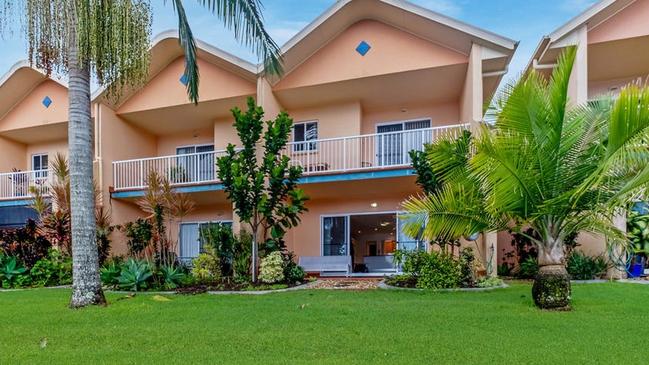
Australian Banking Association chief executive Anna Bligh said banks were also taking their lead from APRA, who this week reiterated that they felt the current 3 per cent buffer applied to home loans was sufficient.
“The idea that we would see interest rates going up by another 3 per cent, that’s getting less and less likely,” Ms Bligh said.
“Those who are in for a bit of a price shock, they are working to make sure they are ready for it.”
She added that all mortgage holders were advised to approach their lender as soon as they became concerned about their ability to make payments, with all of the nation’s lenders currently maintaining high levels of staffing in their hardship teams in anticipation of further rate hikes and mortgage pain.
“The banks are more likely to help you the sooner you talk to them,” Ms Bligh said.
“In this circumstance the commercial interest of the bank is perfectly aligned with the customer. It is best for the bank if the customer pays off their mortgage.
“When it gets really complicated is when people start using their credit card to pay their mortgage and try to patch things up.”
“In most instances banks will be able to provide a range of options to loan holders including changing the term of the loan or deferring payments for a short period.”





